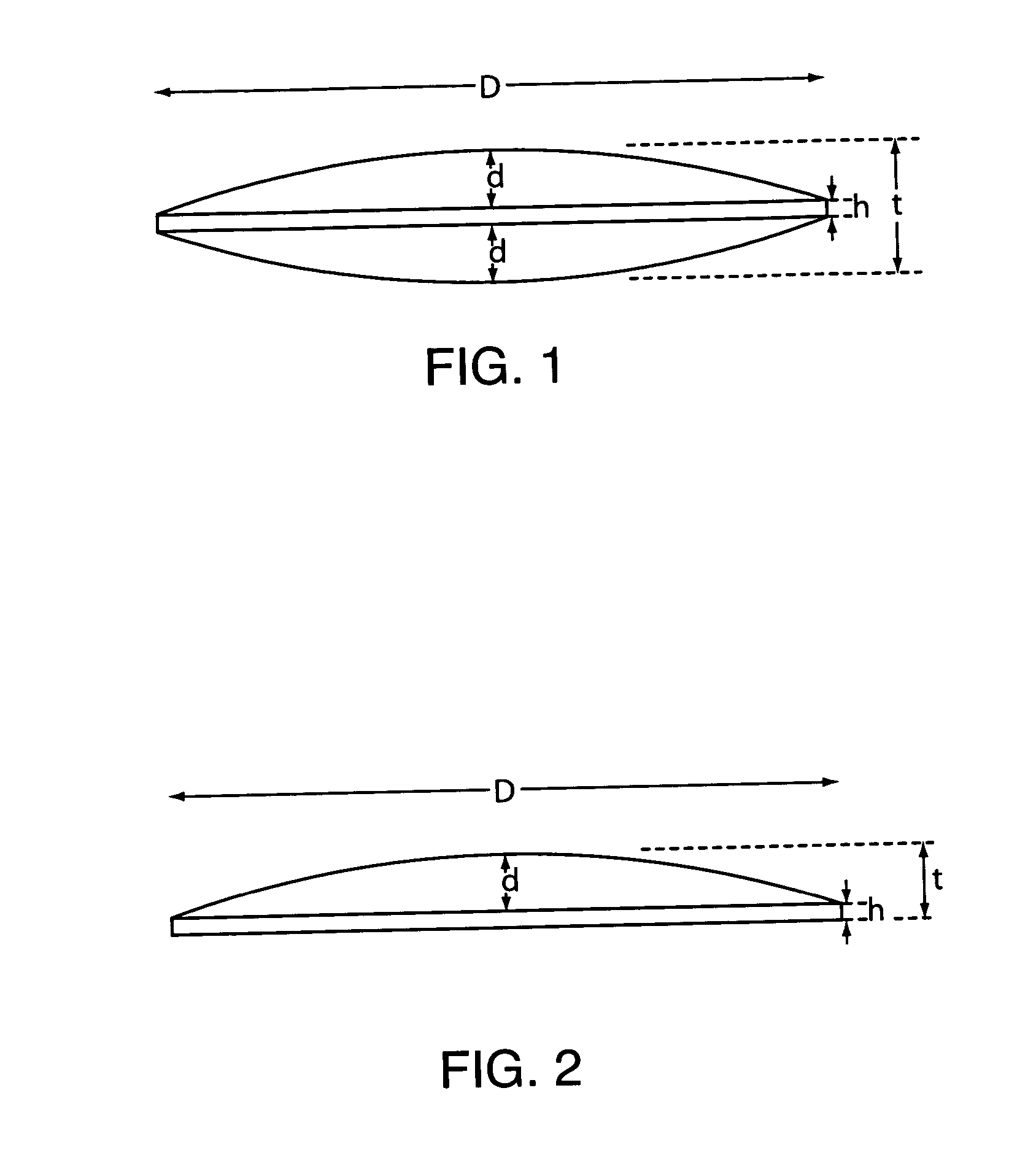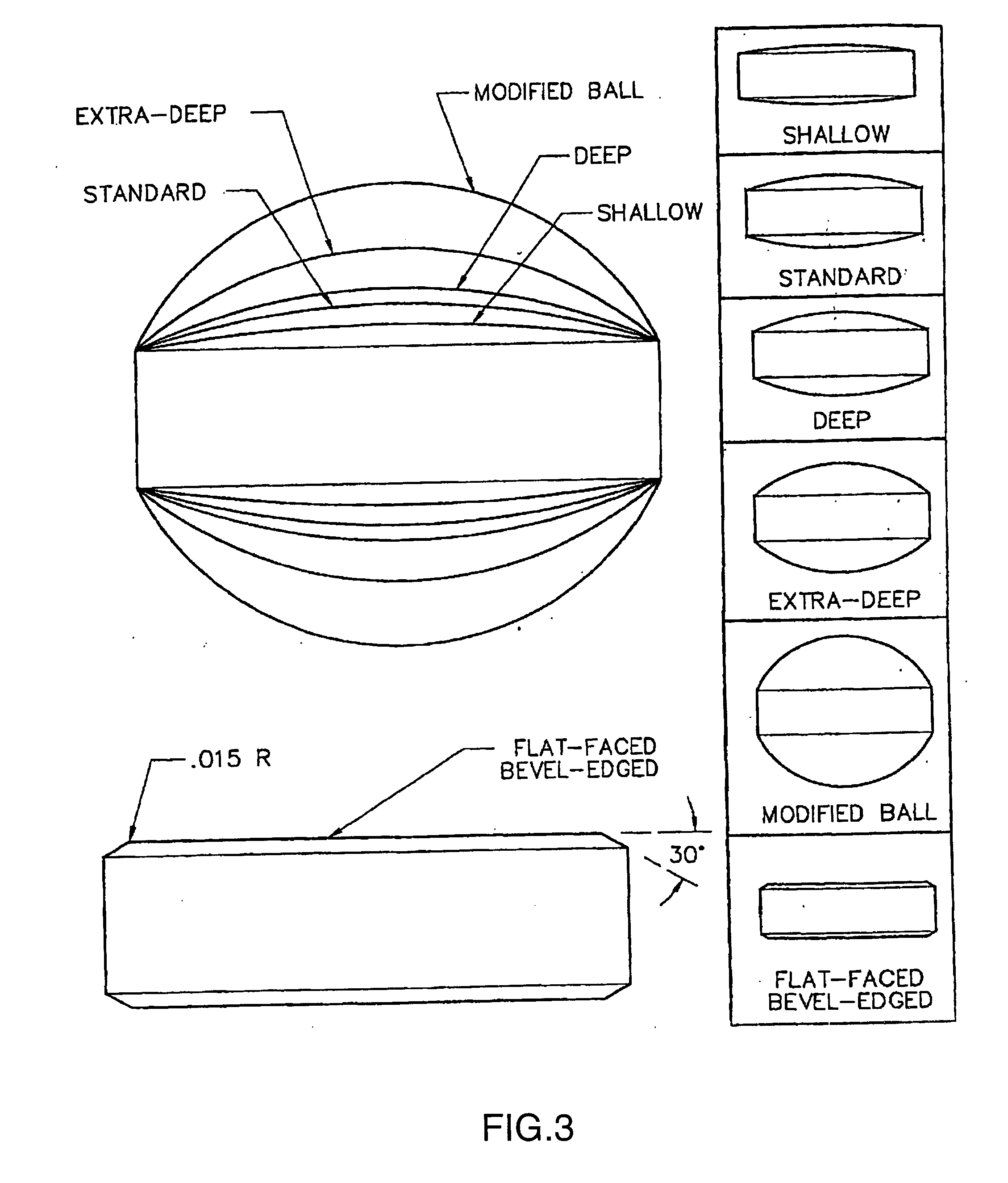Mucosal delivery tablet
a technology of mucosal and tablet, which is applied in the direction of biocide, drug composition, animal husbandry, etc., can solve the problems of unintentional dislocation of conventional flat or cupped tablets by mouth movement, and achieve the effects of reducing contact, rapid hydration, and resisting brittle fractur
- Summary
- Abstract
- Description
- Claims
- Application Information
AI Technical Summary
Benefits of technology
Problems solved by technology
Method used
Image
Examples
example 1
[0070] This example describes the preparation of a bioadhesive composition prepared by co-spray drying a mixture of Amioca and CARPOPOL®.
[0071] A mixture of 10% by weight of Amioca waxy corn starch (obtained from National Starch & Chemical Company, Bridgewater, N.J.) and 90% water was prepared as a slurry. The mixture was heated by injecting steam at a pressure of 2.75 bar in a continuous jet cooker, maintaining the temperature at 150° C. by adjustment with jacketed cooling water. The final starch solids content, determined by heating a small sample for 2 hours at 135° C., was 7.74%.
[0072] A 1% aqueous solution of CARBOPOL®974P (obtained from Noveon, Inc.) was prepared by slowly adding the CARBOPOL to deionized water while continuously stirring until completely dispersed.
[0073] The starch and CARBOPOL solutions were uniformly mixed in such proportions as to obtain the desired ratio of starch to CARBOPOL. For example, mixing 1085 g Amioca solution with 5600 g CARBOPOL solution yie...
example 2
[0074] Using a spray-dried mixture of 85% Amioca to 15% CARBOPOL, a series of convex (both sides) shaped tablets where made with reduced mass to decrease the edge thickness. A Standard punch, D=0.4375″ and d=0.040″ was used. Calculated edge thickness, h, and the ratios of d / h are shown in Table 7.
TABLE 7MassMeasured thickness inCalculated edge(mg)center (in) tthickness (in) hd / h1960.1220.042*0.951800.1160.0361.111600.11250.03251.231400.1060.0261.541200.1020.0221.821300.10450.02451.63
*Calculated from measured thickness in center and d of punch used to be: h = t − 2d or 0.122 − (2 × 0.040) = 0.042.
example 3
[0075] A bioadhesive tablet, having a mass of 130 mg and containing 15 g micronized benzocaine, was prepared. The bioadhesive component was a co-spray dried mixture of jet cooked Amioca and Carbopol 974P NF. The ingredients that were used in preparing the tablets are shown in Table 8.
TABLE 8ComponentMass (mg)Mass (wt. %)Amioca86.2566.35Carbopol28.7522.11Benzocaine15.0011.54Total130.00100.00
[0076] A tablet size of 0.4375″ diameter was prepared by compression at 3000 psi with a pair of standard cup punches (cup depth 0.040″). This produced a tablet with a thickness about 0.1045″ measured in the center and about 0.0245″ at the edge. The ratio of cup to edge depth was 1.6.
PUM
| Property | Measurement | Unit |
|---|---|---|
| weight average molecular weight | aaaaa | aaaaa |
| weight average molecular weight | aaaaa | aaaaa |
| weight average molecular weight | aaaaa | aaaaa |
Abstract
Description
Claims
Application Information
 Login to View More
Login to View More - R&D
- Intellectual Property
- Life Sciences
- Materials
- Tech Scout
- Unparalleled Data Quality
- Higher Quality Content
- 60% Fewer Hallucinations
Browse by: Latest US Patents, China's latest patents, Technical Efficacy Thesaurus, Application Domain, Technology Topic, Popular Technical Reports.
© 2025 PatSnap. All rights reserved.Legal|Privacy policy|Modern Slavery Act Transparency Statement|Sitemap|About US| Contact US: help@patsnap.com


